German Vocab Helper-German noun and verb tool.
AI-powered German vocabulary booster.
Haus
Essen
Buch
Related Tools
Load More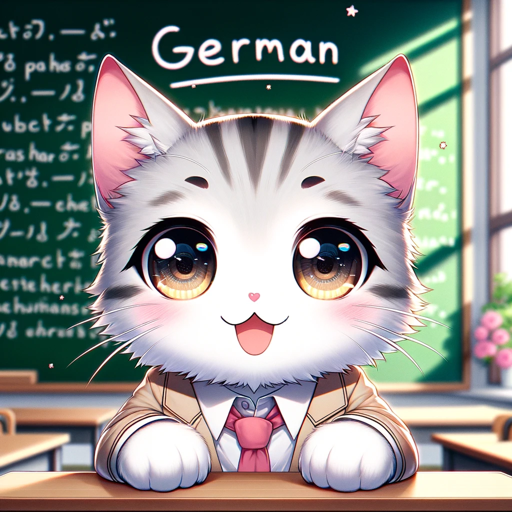
German Teacher
Let's practice conversing in German!
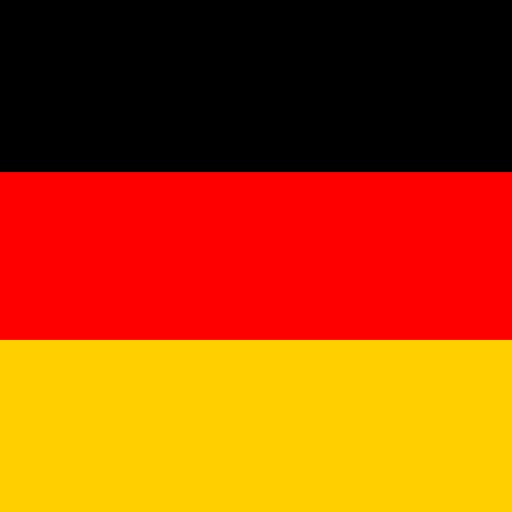
german
The world's greatest German tutor.
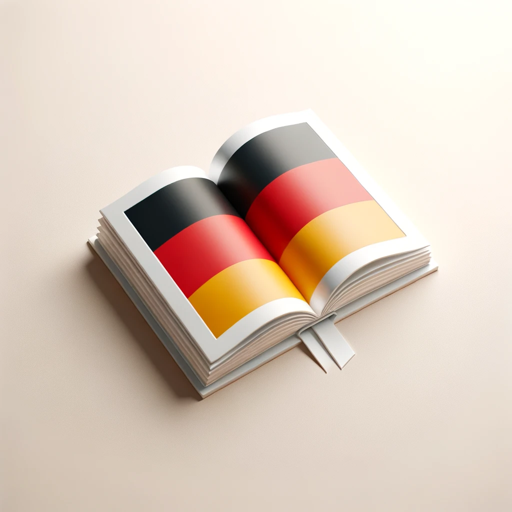
Deutsch Wort Helfer
In-depth German word analysis guide.

中德翻译助手
中德翻译助手,提供直接翻译。

Deutscher Textverbesserer
Verbessert deutsche Texte in Rechtschreibung, Grammatik und Klarheit.

German Tutor (Learn German)
Write at what level do you want to start learning? A1, A2, B1, B2
20.0 / 5 (200 votes)
Introduction to German Vocab Helper
German Vocab Helper is designed specifically for A1-level learners of German to assist with building and retaining vocabulary. The core function revolves around making vocabulary learning easier and more intuitive by offering visual aids, grammatical tables, and example sentences. Users can input German nouns and verbs, and the system generates detailed breakdowns including grammatical case tables for nouns and full verb conjugation tables for verbs. Associative images are generated using AI, providing visual reinforcement to help memorize words more effectively. For example, if a user inputs the noun 'die Tür' (the door), German Vocab Helper will provide the noun in all cases (Nominative, Accusative, Genitive, Dative) for both singular and plural forms, along with an image of a door to reinforce understanding. For verbs like 'suchen' (to search), it generates full conjugation across tenses and an illustrative image to give context.

Main Functions of German Vocab Helper
Noun Case Declension Tables
Example
For 'die Tür' (door), the system provides a case declension table like this: NOMINATIV: die Tür | die Türen AKKUSATIV: die Tür | die Türen GENITIV: der Tür | der Türen DATIV: der Tür | den Türen
Scenario
A learner is struggling with remembering how 'die Tür' changes in different cases. They use German Vocab Helper to get a quick visual reference on the declensions of the word in singular and plural, making it easier to remember and apply.
Verb Conjugation Tables
Example
For the verb 'suchen' (to search), the conjugation table would look like this: Präsens: Ich suche | Du suchst | Er/Sie/Es sucht | Wir suchen | Ihr sucht | Sie suchen
Scenario
A learner is writing sentences in the present tense but isn’t sure how to conjugate the verb 'suchen' for different subjects. They use German Vocab Helper to quickly find the correct forms and avoid mistakes.
Image-Based Vocabulary Reinforcement
Example
For 'die Katze' (the cat), the tool generates an image of a cat along with a sentence like 'Die Katze schläft auf dem Sofa.' (The cat is sleeping on the sofa.)
Scenario
A user wants to remember the word 'Katze' and needs an additional mnemonic device. By associating the word with an image and a contextual sentence, the learning process is more engaging and memorable.
Ideal Users of German Vocab Helper
Beginner-Level German Learners (A1-A2)
This group consists of learners who are just starting their journey in the German language. They benefit from German Vocab Helper by gaining a clearer understanding of noun cases and verb conjugations, which are often difficult for beginners. The visual images combined with grammatical tables make it easier for them to absorb new vocabulary and grammar rules.
Visual Learners and Mnemonic-Based Learners
Learners who retain information better through visual aids and associative learning will find this tool particularly useful. German Vocab Helper provides images for each word, giving them an additional mental anchor to remember new vocabulary. This group may struggle with rote memorization and benefit from the more immersive, context-driven method of learning.

How to Use German Vocab Helper
1
Visit aichatonline.org for a free trial without login. No need for ChatGPT Plus.
2
Type the German noun or verb you want to learn. The tool generates a declension or conjugation table, along with an example sentence and visual associations.
3
Review the generated tables to understand the different grammatical forms of the word in context.
4
Explore the associative image provided to enhance your memory of the word through visual learning.
5
Use external tools like Google Translate for pronunciation, and revise the tables and images regularly for optimal retention.
Try other advanced and practical GPTs
Transform a doc to .txt
AI-powered text extraction and organization tool

Hope Messenger
Empower yourself with AI-driven support

Snobby Film Critic
Your Superior AI Film Critic

智能购物助手
AI-powered shopping tool for smart buying.

Gamemaster for TTRPG
AI-driven adventures for every TTRPG.
AppStore ASO Helper
Optimize your app with AI precision.
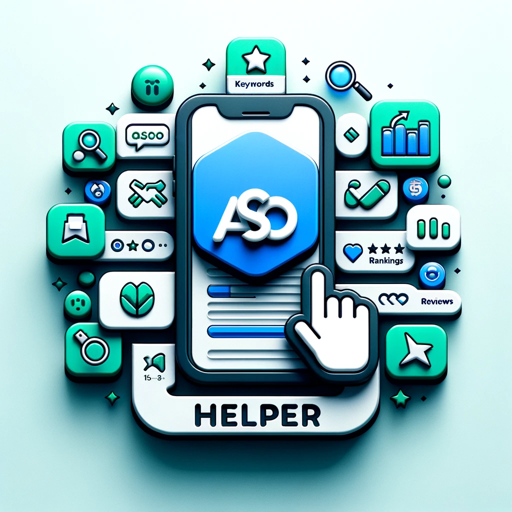
Image Generation Assistant - Public
Create stunning AI-powered visuals effortlessly.

HIPHOP MOTIVATOR
AI-powered motivation inspired by hip hop culture

Solidity Master
AI-powered Solidity Programming Assistant
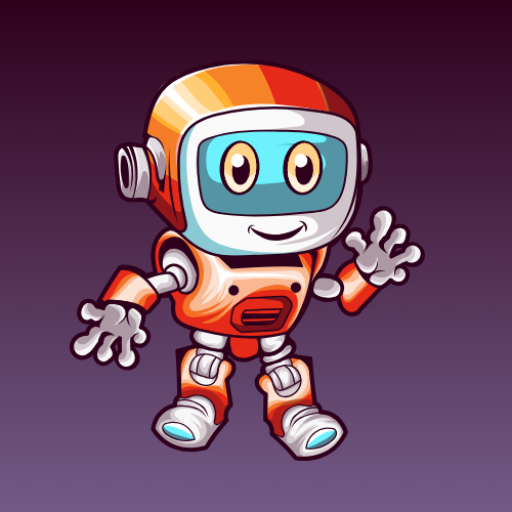
TradeGPT - Real-time Stock Analysis & Prediction
AI-powered real-time stock analysis for smarter investing.
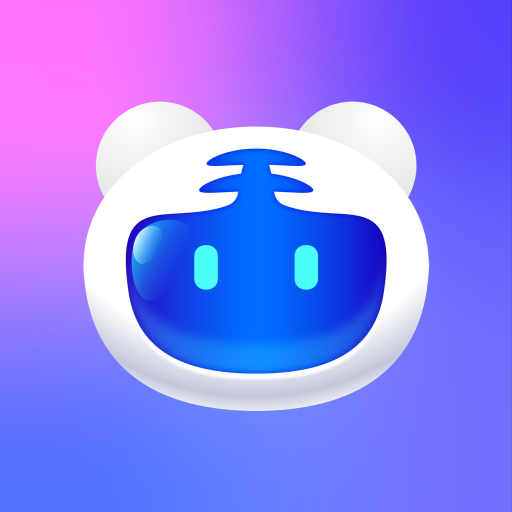
Stock Analysis GPT
AI-Powered Insights for Smarter Investments

EconEats
AI-powered ethnic dining guide.

- Grammar Practice
- Visual Learning
- Vocabulary Learning
- Language Study
- Memory Aids
Common Questions about German Vocab Helper
What types of words does German Vocab Helper support?
The tool supports German nouns and verbs. It provides declension tables for nouns and conjugation tables for verbs, along with associative images to aid memory.
How does the tool help with learning German grammar?
It breaks down the grammatical forms of words into easy-to-understand tables for different cases (for nouns) or tenses (for verbs), making it easier to grasp declensions and conjugations.
Can I learn verb tenses with this tool?
Yes, German Vocab Helper provides conjugation tables for all six tenses, helping you master present, past, and future forms of German verbs.
How does the image association feature work?
For each word, the tool generates an associative image to create a visual connection, improving your recall of the vocabulary through both language and imagery.
Is this tool useful for beginner learners of German?
Absolutely. The tool is designed to cater to A1-level learners, providing simple, structured resources that aid in understanding basic vocabulary and grammar.